Honda will unveil the 3R-C electric three-wheeler concept at the Geneva Motor Show next month. The 3R-C has been designed as a single-occupant zero-emissions urban runabout and, according to Honda, it ‘draws on Honda’s vast working knowledge of vehicles utilising electric motors.’ Ahem.
The Honda 3R-C concept was created by European designers working at Honda’s research and design facility in Milan. We miss the days when Honda used to make bikes like the RC30 and RC45 and when its concept bikes used to be machines like the NR750…
What’s the most amazing, stunningly magnificent street-legal sportsbike you can think of? A production machine, not a custom-built one-off. From recent years, the Ducati Desmosedici RR, MV Agusta F4 CC, Ducati 1198S, 2009 Yamaha R1, 2005/06 Suzuki GSX-R1000 and 2004 Kawasaki ZX-10R are some pretty special machines.
Going a bit further back, there would be dozens of other bikes that we can name. The first Yamaha R1, the original CBR900RR Fireblade, various 1990s Bimotas, the Kawasaki ZZR1100, Honda RC45 and RC30 and many, many others. But if we had to pick one single motorcycle which outdoes everything else – in terms of design and sheer engineering audacity – it would probably be the Honda NR750.
Introduced in mid-1992, the Honda NR750 was the world’s first production motorcycle with oval pistons. Based on Honda’s oval-pistoned NR500 racebikes, the street-legal NR750 was fitted with a fuel-injected 750cc V4, which utilised oval pistons, each of which used eight valves and two con-rods. Each piston was actually two pistons joined together, so the NR’s engine was really a V8 disguised as a V4…!
To quote a recent article that Superbike magazine did on the NR, ‘Honda effectively paired up the pistons in a V8 to make it a V4. In terms of valve to piston area, the engine was much more like a V8. Also, because the pistons were so much larger, the stroke could be kept shorter, allowing the engine to rev to well over 15,000rpm.’
By modern standards, the NR750’s power output is merely commonplace – 125bhp at 15,000rpm wouldn’t impress too many people today, when a stock GSX-R750 makes 150bhp (at the crank) at 13,200rpm. The NR weighed in at around 236 kilos and top speed was around 255km/h – again, figures that are easily surpassed by many contemporary sportsbikes.
Still, the NR’s PGM-FI fuel-injection, USD fork, carbonfibre bodywork, titanium-coated windscreen, underseat exhaust (that’s where the inspiration for the Ducati 916’s exhaust system came from…), magnesium wheels, digital instrumentation, single-sided swingarm and of course, that V4/V8 engine with its oval pistons made it pretty special.
‘When I look back at it, I'm not sure if we were experimenting with cutting-edge technologies or obsessed with foolish ideas,’ says Toshimitsu Yoshimura, who led the development of the Honda NR500's oval piston engine. ‘At least we were doing something that was beyond the realm of conventional thinking. I'm not just talking about us, who were designing the engine, but also those who were creating the body,’ he adds.
‘The reason was simply that we were all so young, we had nothing to fear. You could even say we had no preconceived notion that a piston had to have a circular cross-section. We didn't think much about whether the engine would actually turn over, or even whether it would be practical at all. We weren't worried about those things, since we just wanted to make it work!’ says Yoshimura.
‘To create anything, you must put your heart and soul to it. The development of oval piston engines impressed that upon me, as well as on the other young engineers,’ concludes the man responsible for designing one of the most remarkably innovative motorcycle engines in the world.
Priced at more than US$60,000 the Honda NR750 was hugely expensive and Honda only produced around 200 units (300 units according to some sources…) of the bike. Honda must have ultimately decided that oval piston engines are a bit too complex and expensive to produce, with not enough benefits to offset the cost, hence they seem to have abandoned the idea for good. But as an engineering masterpiece, the NR750 remains utterly, compellingly fascinating to this day.






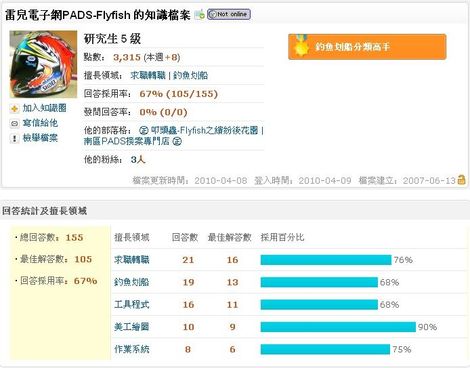
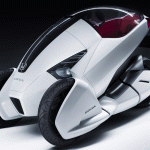
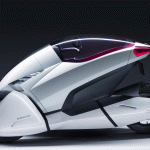
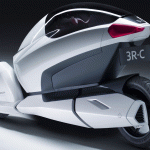
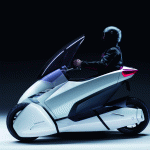












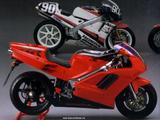






沒有留言:
張貼留言